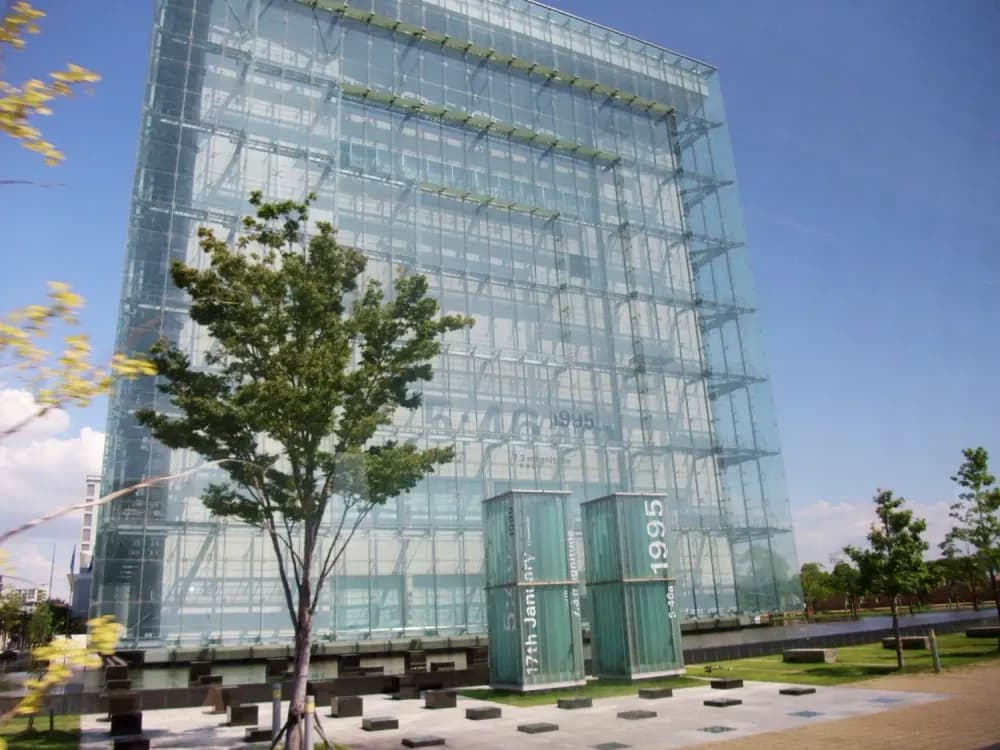Kobe Travel Guide
Port City near Osaka famous for Kobe Beef
Kobe city has three main areas, near Sannomiya Station, its business downtown district, Kobe Chinatown (南京町, Nankin-machi), as well as the port area. Throughout Kobe you can find many shops offering up Kobe Beef (神戸牛, Kōbe-gyū), although you have got to be ready to pay a pretty penny if you want to try them. Outside of the main city, you can also find a museum dedicated to the Great Hanshin Earthquake (17 Jan 1995, 兵庫県南部地震, Hyōgo-ken Nanbu Jishin), and an observatory on the Akashi-Kaikyo Bridge (明石海峡大橋, Akashi Kaikyō Ōhashi), the world’s second longest suspension bridge.
Nature
Culture
Gourmet
Volume
Local Specialties
神戸牛
Kobe Beef
Kobe Beef is often thought to be the highest-grade and most premium type of wagyu (和牛, Wagyū, Japanese cattle), and is one of the Three Great Wagyu (三大和牛, San Dai Wagyū). It is prized for its marbling and melt-in-your-mouth texture. There are many Kobe Beef teppanyaki (鉄板焼き) restaurants in the city of Kobe, many of which command a significant price tag.
Popular Destinations
Aquarium x Art atoa combines aspects of an aquarium and an art museum together to create an entirely new experience. Through a combination of stage design and digital art, interesting exhibits are created that complement the creatures on display. With a total of 7 zones, each zone embodies a unique artistic concept.
+ See More
When it comes to Kobe, the first thing that comes to mind for most is Kobe Beef (神戸牛, Kōbe-gyū). Often considered the pinnacle of Japanese beef, Kobe Beef is a premium ingredient, with an amazing marbling that melts in your mouth. One of the more affordable places to try Kobe Beef is at Steakland Kobe, where you can also experience teppanyaki (鉄板焼き).
+ See More
Nankinmachi, also known as Kobe Chinatown, is one of Japan’s three Chinatowns, alongside Yokohama Chinatown and Nagasaki Chinatown. The area consists of a wide variety of Chinese restaurants, supermarkets and shops, with plenty of street food including Xiao Long Bao (小籠包, Shōronpō, Chinese soup dumpling) and Peking Duck (北京ダック, Pekkin Dakku) Rolls.
+ See More
The Kobe Earthquake Memorial Museum, officially known as the Great Hanshin-Awaji Earthquake Memorial Museum, was built in memory of the tragic Great Hanshin Earthquake (17 Jan 1995, 兵庫県南部地震, Hyōgo-ken Nanbu Jishin) which was the most recent and largest earthquake to hit the Kansai (関西, Kansai) region. The earthquake destroyed houses, collapsed highways, and flattened buildings, and remains a traumatic memory for many who lived through it. The earthquake seeks to pass down memories of this tragic event to future generations so that they may learn from past trauma, and be better able to protect themselves in the case of such a natural disaster occurring again.
+ See More
Itineraries
Getting Around
The primary method of getting around Kobe would be via train. The main downtown area of Kobe surrounds Sannomiya Station, where all the major railway operators connect to. The port area and Kobe Chinatown (南京町, Nankin-machi) are all walkable from Sannomiya Station, although there is a nearer station just one stop down.
In general though, the area that you are headed to would then determine which railway operator to take. For example, from Sannomiya Station to Akashi Station, where the Akashi-Kaikyo Bridge (明石海峡大橋, Akashi Kaikyō Ōhashi), is located, you would have to take JR Kobe Line. From Sannomiya Station to Shin-Kobe Station, the Sanyo Shinkansen stop, you would need to take the Kobe Subway Seishin Yamate Line. From Sannomiya Station to the The Great Hanshin-Awaji Earthquake Memorial Disaster Reduction and Human Renovation Institution, you would need to take Hanshin Main Line.
Getting There
© 2023 Ki Creative. All Rights Reserved.
Due to changing circumstances, readers are advised to do their own additional research. All information on this site is purely for reference only.
Privacy











